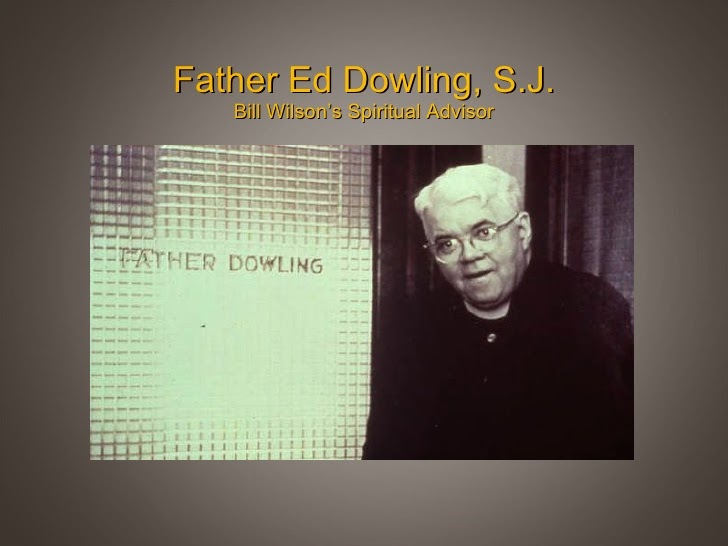Jackie Robinson and Roberto Clemente are two of my baseball--and life--heroes. Interestingly both were signed by the legendary Branch Rickey--Robinson for the Dodgers and Clemente for the Pirates. This week I wrote the following newspaper column for The Albany Times Union:
On April 15, 1947 Jackie Robinson ran onto Ebbets Field, taking his place at first base and in both baseball and civil rights history.
Today, with our news filled with stories of injustice and discrimination, we can use this anniversary to find our own places to support social change.
We admire Jackie Robinson, as we should, he was the one on the field. But there were others who supported “baseball’s greatest experiment.” Those others can inspire us. So here are three examples from the Robinson story that can be our role models.
First, the man who brought Robinson to the majors: Branch Rickey was the President of The Brooklyn Dodgers. He had a longtime interest in racial integration, but he wasn’t a minister or a politician. Rickey was a baseball executive who made a wise business—and moral—decision by signing Robinson.
Rickey had studied the Negro Leagues for years and he knew that he could fill a ballpark—and probably win a pennant --with players like Jackie. Like Rickey, some of us in leadership positions have opportunities to bring money and morality together. We can look for places to advance social justice in our organizations.
But maybe you don’t own the company; maybe you’re a manager or you run a department. There’s an example in the Robinson story for you too.
Your role model is Bert Shotton. Shotton managed the Dodgers in 1947. He stepped in when the legendary Leo Durocher was banned from baseball.
The Dodgers lost Durocher right after Robinson arrived, and while the team was in an uproar about Rickey signing Robinson. Rickey needed someone in the dugout who could hold the team together while Jackie was on the field enduring physical and verbal assaults from other players and the fans. Rickey brought Shotton out of retirement to calm and soothe and knit the Dodgers together during that crucial first year.
Shotton wasn’t colorful or flashy, he just got the most stirred up team in history to settle down and play ball. Red Barber said, “The unsung hero of 1947 was manager Burt Shotton.” Shotton is an example of what many of us could do within our companies to help those who are struggling with change.
But maybe you’re not even a manager; you’re a coworker or a customer. Well, there’s a role model for you too.
Harold “Pee Wee” Reese was Jackie Robinson’s teammate. The most unlikely man to be of help, Reese grew up in the segregated south and even he was initially upset when he was told that Robinson would play. But Reese was an inherently just person. When one of his teammates circulated a petition saying they’d all quit if Rickey kept Robinson, Reese said no, and handed the petition back, causing the protest to fizzle.
But Reese did something else. Early in 1947 at a game in which the hatred directed at Robinson was particularly ugly, Reese did the simplest --and most powerful-- thing. He left
his shortstop position and walked over to Robinson at first base. He smiled at Robinson, made some small talk, and then, like any guy talking to a friend, Reese put his arm around Robinson’s shoulder. The fans fell silent. Reese had signaled that Jackie was his teammate. “That”, said sportswriter Roger Kahn, “was baseball’s finest moment.”
So today, as you recall Jackie running onto Ebbets Field, look behind him and give a nod to Rickey, Reese and Shotton. They offer examples of how each of us can support social justice and ensure that change will happen.








